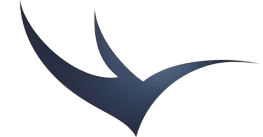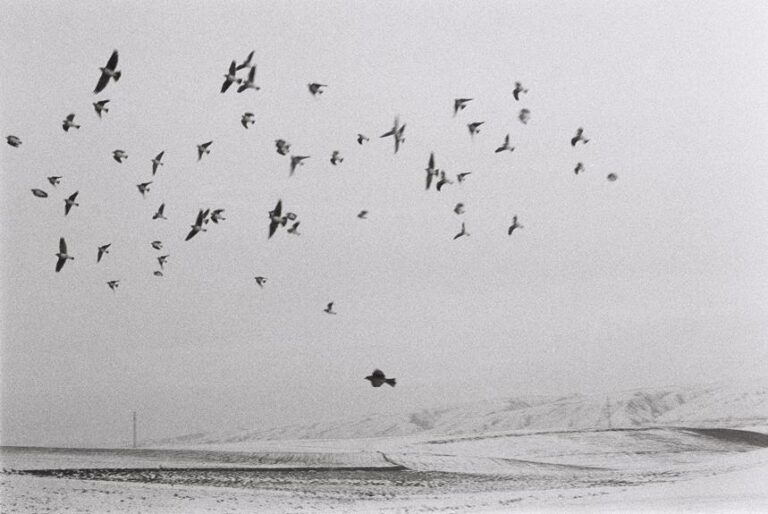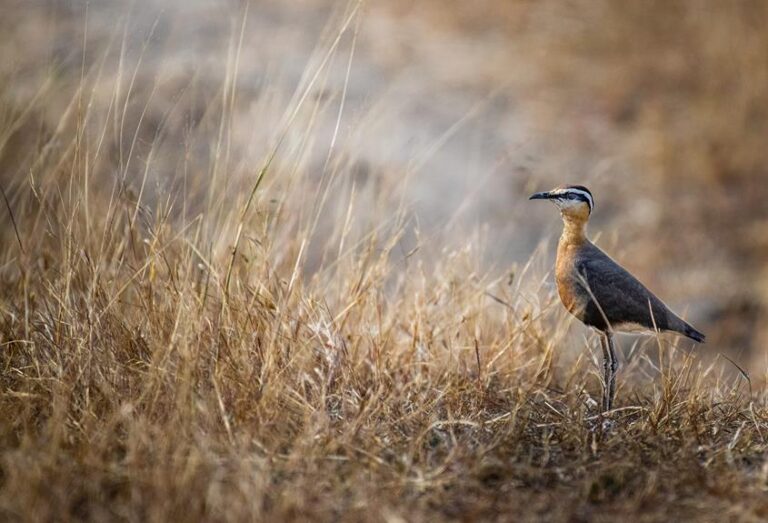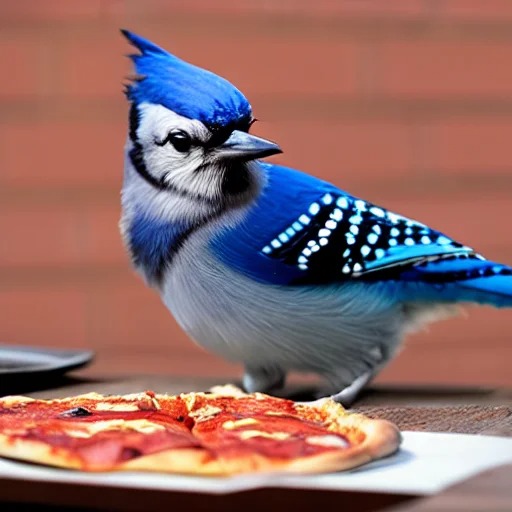Having a pet bird with a broken wing is a traumatizing experience for both the bird and its owner. It is important to ensure that the bird receives the necessary care and attention to promote healing and recovery.
This article will discuss the costs associated with treating broken wings in birds, and provide tips to help bird owners manage the financial burden.
It will also discuss the importance of emotional support and bonding with pet birds during this difficult time.
Contents
Key Takeaways
- The cost of fixing a bird’s broken wing can vary depending on the severity of the injury, the need for surgical intervention, and the location and experience of the avian veterinarian.
- Immediate care is crucial for a bird with a broken wing to prevent complications and prolong the recovery process.
- Finding an avian veterinarian who specializes in avian care is essential, as not all veterinarians have experience in treating birds.
- Home care and rehabilitation, including providing a calm and safe environment, a balanced diet, administering medications if advised, and physical therapy, are important for the bird’s recovery and overall well-being.
Accidents and Prevention
Though accidents are often unavoidable, there are steps that bird owners can take to reduce the risk of broken wings in their birds.
Bird-proofing the environment, providing regular veterinary check-ups, and encouraging flight and physical activity can help keep birds healthy and safe. Understanding the cause of the injury can also help prevent similar incidents in the future.
In cases of injury, it is important to seek immediate care from an avian veterinarian to ensure the best possible outcome.
Depending on the severity of the injury, treatment can range from non-invasive methods, such as physical therapy, to surgical intervention.
Veterinary fees, diagnostic tests, and imaging may also be necessary and can add to the cost of treatment. Having pet insurance or seeking financial aid from organizations can help offset the cost of medical care.
Lastly, providing emotional support to the bird and seeking support from the bird owner can help with the healing process.
Veterinary Help
Once the cause of the injury has been identified, seeking the help of an avian veterinarian is essential to ensure the best possible outcome for the bird. Finding a qualified avian veterinarian who is experienced in avian care is key.
Here are 4 steps for avian care:
- Thorough examination and diagnostic tests to determine the extent of the injury.
- Treatment plans and associated costs will vary depending on the severity of the injury.
- In cases where surgery is necessary, the cost may include the surgical procedure, anesthesia, and post-operative care.
- Regular check-ups with the veterinarian to adjust the treatment plan based on the bird’s progress.
The cost of avian care can be substantial, but having pet insurance and seeking financial aid from organizations can help alleviate the financial burden. With the right care and attention, birds with broken wings can recover and have a good quality of life.
Home Care and Rehabilitation
Following medical intervention from an avian veterinarian, providing a suitable and safe home environment for the bird is essential for its recovery. This includes a balanced diet, administering medications if advised by the vet, and physical therapy to improve the bird’s mobility and strength.
Setting up a cage to minimize stress and facilitate healing is also important. Regular check-ups with the vet will allow for adjustments in the treatment plan based on the bird’s progress.
Financial Assistance
The cost of repairing a bird’s broken wing can be financially burdensome, so it is important to consider options for financial assistance.
- Pet insurance can help alleviate some of the costs associated with avian medical care.
- Organizations dedicated to helping bird owners in need can provide financial aid for medical expenses.
- Crowdfunding platforms can be a viable option for raising funds from a community of bird lovers and well-wishers.
- Lastly, seeking support from family and friends can be beneficial in difficult times.
Taking the necessary steps to prepare financially for an unexpected emergency can help bird owners during times of need.
Emotional Support
In addition to the financial burden of caring for a bird with a broken wing, providing emotional support is essential for both the bird and its owner. Bonding and creating a trusting relationship can provide a sense of comfort and security in times of distress.
Showing love and care can positively influence the bird’s recovery and strengthen the bond between the bird and its owner.
Finding healthy ways to cope with the situation is essential for both the bird and the owner. Seeking support from other bird lovers, joining online communities, and attending bird-related seminars can be beneficial for both parties.
| Emotional Support | Benefits |
|---|---|
| Bonding | Comfort & Security |
| Showing Love & Care | Positively Influence Recovery |
| Coping | Essential for Bird & Owner |
| Seeking Support | Useful for Bird & Owner |
Immediate Care
Immediately seeking veterinary help is essential for any bird that has suffered a broken wing. The bird will undergo a thorough examination and diagnostic tests to determine the extent of the injury.
The treatment plan and associated costs will vary depending on the severity of the injury. Here are a few important steps to take:
- Find an experienced avian veterinarian.
- Have the bird undergo diagnostic tests.
- Administer medication, if necessary.
- Follow up with regular veterinary check-ups.
Timely veterinary assistance and care are essential for a speedy recovery of the bird. Home care and rehabilitation, such as providing a suitable cage setup, a balanced diet, and physical therapy can help promote healing and strength.
Financial assistance may be available, and emotional support is key in providing a safe and comfortable environment for the bird.
Diagnostic Tests
To accurately diagnose a bird’s broken wing, a variety of diagnostic tests may be required. X-rays are commonly used to assess the extent of the injury, while other tests such as blood work may be necessary to check for signs of infection.
Depending on the veterinarian’s experience, location, and the severity of the injury, the cost of diagnostic tests can range from a few hundred to several thousand dollars.
| Emotion | Response |
|---|---|
| Fear | Anxiety over potential costs |
| Sadness | Heartache for a beloved pet |
| Hope | Belief in a successful recovery |
| Joy | Gratitude for quality care |
Surgery Costs
Depending on the severity of the injury, surgery may be necessary to treat a bird’s broken wing, and associated costs can range widely. These costs can include:
- The surgical procedure
- Anesthesia
- Post-operative care
- Diagnostic tests and imaging, such as X-rays.
The cost of avian medical care can be daunting, but having pet insurance can help alleviate some of the financial burden. Finding an experienced avian veterinarian is essential to ensure the bird receives the best possible care. Taking the time to understand the expected recovery time and providing the necessary home care can help the bird make a successful recovery.
Conclusion
Treating a broken wing in a bird requires immediate attention and specialized care. It is of utmost importance to provide the bird with the necessary medical help and emotional support during its recovery.
While the costs associated with treating a broken wing can be significant, there are various financial assistance options available to bird owners. It is important to seek the advice and guidance of a professional veterinarian to ensure that the bird receives the best possible care.






